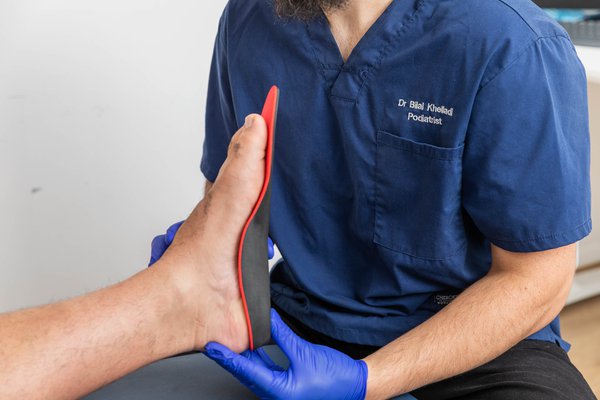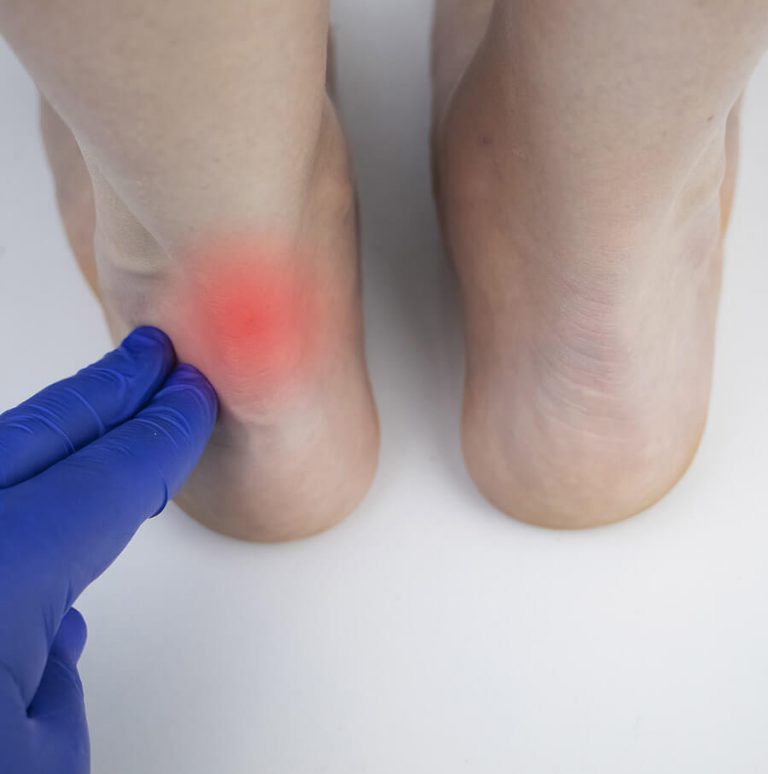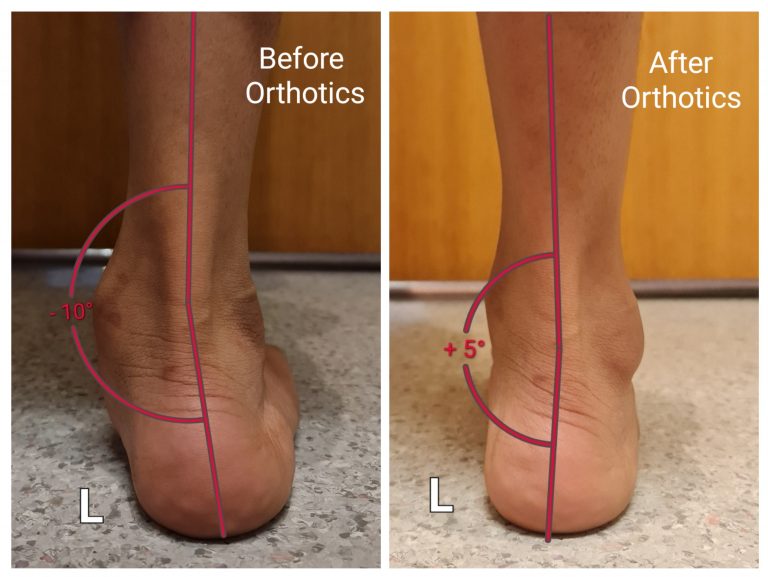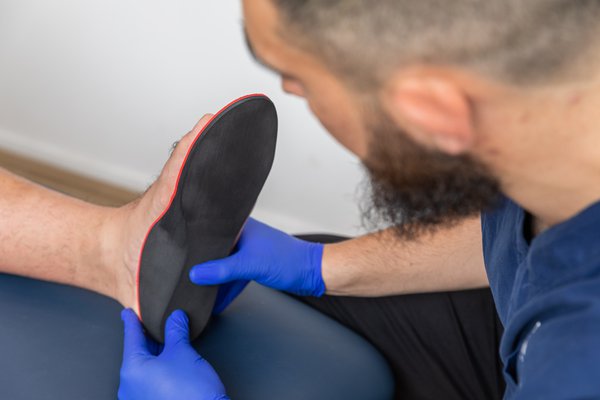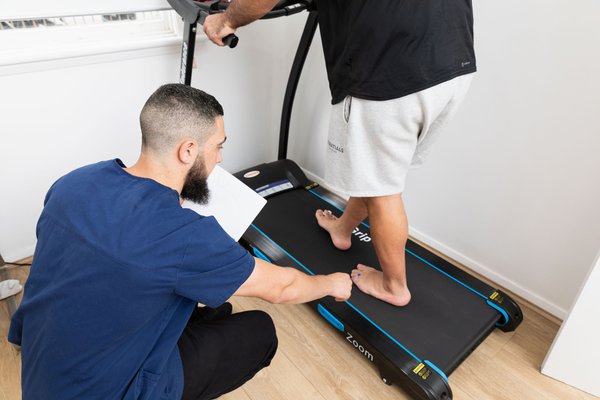Plantar Fasciitis
If you are seeking a reliable
Sydney podiatrist for
professional advice on
Plantar Fasciitis, look no
further than Podiatry
& Injury Clinic.
Sydney podiatrist for
professional advice on
Plantar Fasciitis, look no
further than Podiatry
& Injury Clinic.
Plantar Fasciitis
If you are seeking a reliable
Sydney podiatrist for
professional advice on
Plantar Fasciitis, look no
further than Podiatry
& Injury Clinic.
Sydney podiatrist for
professional advice on
Plantar Fasciitis, look no
further than Podiatry
& Injury Clinic.
What is Plantar Fasciitis?
Plantar Fasciitis is a prevalent foot condition typically presenting as a persistent, sharp pain in the heel area. This condition arises due to the inflammation of the plantar fascia – a thick, weblike ligament that connects your heel to the front of your foot. This vital tissue absorbs shock and supports the arch of your foot, aiding in walking and running.
The pain associated with Plantar Fasciitis is often most severe during the first steps after awakening or following periods of rest. As the foot naturally limbers up, the pain typically decreases, but it may return after long periods of standing or weight-bearing activities.
The condition is known to affect both sides of the population spectrum – from young individuals heavily involved in physical activities to older adults. It’s also common in people who are overweight and individuals who wear shoes with inadequate support.
The pain associated with Plantar Fasciitis is often most severe during the first steps after awakening or following periods of rest. As the foot naturally limbers up, the pain typically decreases, but it may return after long periods of standing or weight-bearing activities.
The condition is known to affect both sides of the population spectrum – from young individuals heavily involved in physical activities to older adults. It’s also common in people who are overweight and individuals who wear shoes with inadequate support.

Causes of Plantar Fasciitis
The exact cause of Plantar Fasciitis is not entirely understood and is likely multifactorial. However, it’s primarily believed to be an overuse injury. The plantar fascia ligament undergoes a lot of wear and tear in daily life. Too much pressure on your feet can damage or tear the ligaments, causing inflammation and pain.
Certain risk factors make you more prone to the condition. These include:
- Age: Plantar Fasciitis is most common in people between the ages of 40 and 60.
- Certain Types of Exercise: Activities that place a lot of stress on your heel and attached tissue — such as long-distance running, ballistic jumping activities, ballet dancing, and aerobic dance — can contribute to the onset of Plantar Fasciitis.
- Foot Mechanics: Having flat feet, a high arch, or an abnormal walking pattern can affect the way weight is distributed when you’re standing and can put added stress on the plantar fascia.
- Obesity: Excess pounds put extra pressure on your plantar fascia.
- Occupations that Keep You on Your Feet: Factory workers, teachers, and others who spend most of their work hours walking or standing on hard surfaces can damage their plantar fascia.
Understanding these factors and seeking prompt attention from a Sydney podiatrist at the first sign of heel pain can help prevent the condition from becoming a chronic issue. At Podiatry & Injury Clinic, we are committed to offering holistic and personalised care to alleviate your discomfort and restore your foot health.

Why Choose Us
At the Podiatry & Injury Clinic, we don’t just treat conditions – we treat people. Our Sydney podiatrists understand that each individual’s situation is unique, and so should be their treatment. We focus on creating personalised treatment plans aimed at alleviating your discomfort and promoting healing.
Plantar Fascitis Gone
Our comprehensive approach to treating Plantar Fascitis sets us apart as a trusted Sydney podiatrist. From thorough examination and diagnosis to custom-tailored treatment plans, we take each step meticulously to ensure the best possible outcomes.
Book online
If you suffer from any foot condition or experience pain, come and see our friendly experts at the Podiatry and Injury Clinic

We Treat Plantar Fascitis
Our Sydney podiatrist is expert at diagnosing and fixing plantar fascitis, and helping you recover from any related injuries.

Symptoms of Plantar Fasciitis
Key symptoms of Plantar Fasciitis typically include a sharp, stabbing pain in the heel of your foot, usually noticed during your first steps after awakening. This pain can also occur after long periods of standing or when you stand up after sitting.
Complications of Plantar Fasciitis
If left untreated, Plantar Fasciitis can lead to chronic heel pain that hinders your regular activities. Changing the way you walk to minimize plantar fasciitis pain might lead to foot, knee, hip, or back problems.
How to Prevent Plantar Fasciitis
Preventing Plantar Fasciitis involves maintaining a healthy weight to minimize stress on your plantar fascia, choosing supportive shoes, not wearing worn-out athletic shoes, and changing your sport to avoid activities that put a lot of stress on your heel. Regularly stretching your arches and Achilles tendon is also advised.


Frequently Asked Questions
Can Plantar Fasciitis be resolved without seeing a Sydney podiatrist?
Minor instances of Plantar Fasciitis may resolve with rest and home treatments. However, if the pain persists or hinders your daily activities, we highly recommend seeking professional help to prevent complications.
What is the usual recovery time for Plantar Fasciitis?
Recovery time varies significantly based on the severity of the condition and adherence to the prescribed treatment plan. It can range from a few weeks to a few months.
What treatment options does a Sydney podiatrist provide for Plantar Fasciitis?
Treatment typically involves a combination of physical therapies (like stretching exercises), wearing appropriate footwear, using custom-made orthotics, and in some instances, steroid injections.
Plantar Fasciitis can significantly impact your daily routine. At Podiatry & Injury Clinic, your trusted Sydney podiatry clinic, we are committed to helping you recover and regain your regular activities. Reach out to us today to embark on your path to recovery.
Latest Blog Post
GET IN TOUCH
WITH US
What is your name?




